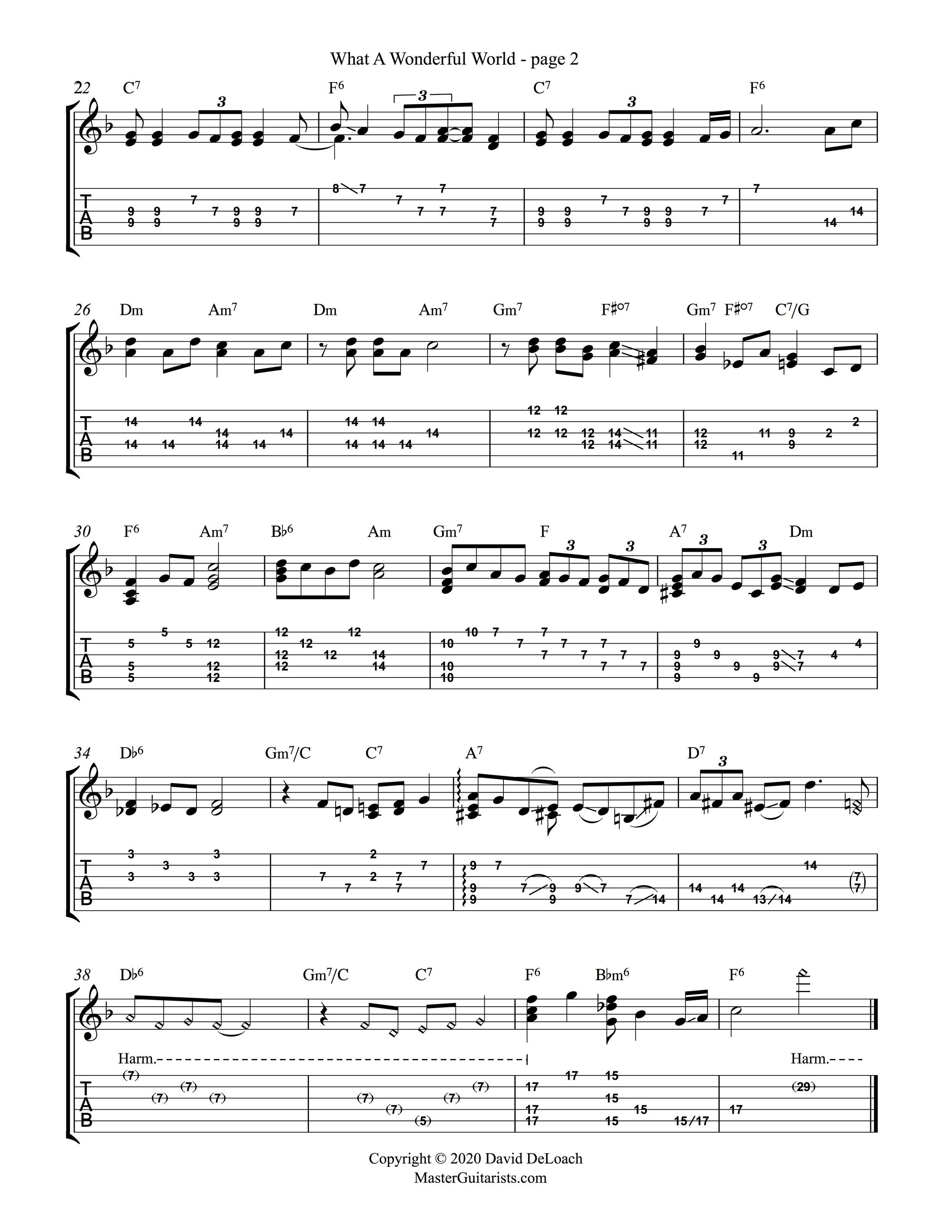WHAT A WONDERFUL WORLD
Arranged & Played by David DeLoach on lap steel and guitar
Recorded April 3, 2020
Like a lot of people I'm staying home, not much cash in the bank, and have lost my job. But I do have some time to record and I thought this song was appropriate. I still believe this is a wonderful world - we are just going thru a really hard time right now. Looking forward to us all looking back on this with increased wisdom, deeper character, and hopefully no loss in our families and friends.
I'm playing my 1940 Gibson EH-185 lap steel and comping on my Dell'Arte acoustic.
BTW, my lap steel is tuned to "Leavitt Tuning" which is named after William Leavitt (who headed the Berklee School of Music guitar program in the '60s). He was a lap steel player too, and came up with this tuning which allowed some really nice voicings without having to slant the bar. Low to high it's tuned C# E G Bb C D.
If you scroll down below the video you’ll see the rhythm guitar chords I used on this. Once I get the lap steel arrangement transcribed, I’ll be adding that as well.
The lap steel arrangement is shown below. This is in Leavitt Tuning (C# E G Bb C D low to high). If you are currently using C6 tuning it’s easy to go into Leavitt tuning with the same string gauges:
Tune your 6th string up from C to C#
Leave your 5th and 4th strings at E and G
Tune your 3rd string up from A to Bb
Leave your 2nd string at C
Tune your first string down from E to D
The rhythm guitar chords are shown in the chord chart below the lap steel tab.
Click on the charts below to get the Lap Steel and Guitar PDFs…
Please note - like a lot of world I am out of work from the Coronavirus. Any donations would be appreciated, no matter how small - even $1 is appreciated! If you don’t have any to spare, that’s cool - just make some good music! We all need it!
Venmo: @David-DeLoach-1
PayPal: David@MasterGuitarists.com
Thanks!
The guitar chord chart is at the bottom of this page. The guitar fingerings I used are as follows. I’m using “x-o-grams” for the fingerings. For example, an open E chord would be represented in an x-o-gram as 0-2-2-1-0-0. An open D chord would be represented as x-x-0-2-3-2 (the two X’s represent NOT playing the 6th and 5th strings. The 0-2-3-2 mean play the 4th string open, the 3rd string/2nd fret, the 2nd string/3rd fret, and the 1st string/2nd fret. In the voicings below I likely strum all 6 strings (or probably 5 strings - not playing the high E string), but I mute the strings marked “x” with my fretting hand.
Db6: x-4-6-3-6-x
Gm7/C: x-3-3-3-3-x
C7: x-3-5-3-5-x
F6/C: 8-x-7-7-6-x
Bbm6: 6-x-5-6-6-x
Am7: 5-x-5-5-5-x
Bb6: 6-x-5-7-6-x
Gm7: 3-x-3-3-3-x
F: 1-3-3-2-1-x
A7: 5-x-5-6-5-x
Dm: x-5-7-7-6-x
F+: x-8-7-6-6-x
Bbmaj7: 6-x-7-7-6-x
C7: 8-x-8-9-8-x (bars 12, 21, & 23)
F#dim7: 2-x-1-2-1-x
C7/G: 3-x-2-3-1-x
D7/A: 5-x-4-5-3-x
Fmaj7: 1-3-3-2-1-0



